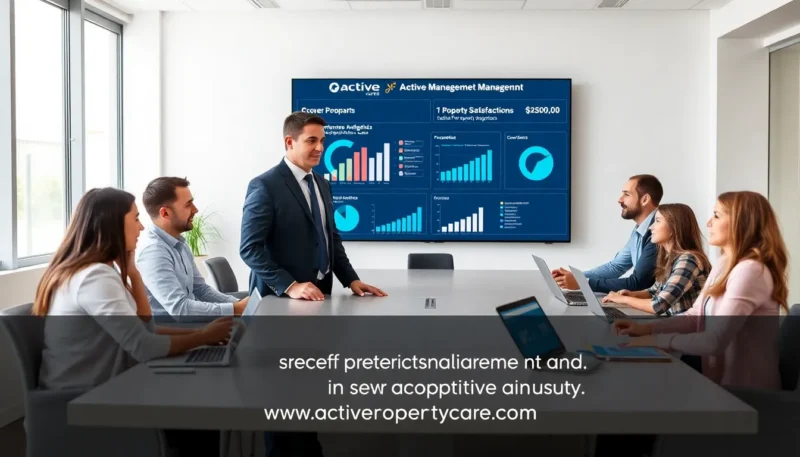
Every project depends on smart engineering choices that match its goals, budget, and long-term needs. The right engineering solution fits the project’s scope, supports future growth, and aligns with technical and environmental standards. Selecting it requires more than comparing features; it involves understanding how each option performs under real conditions and how well it integrates with existing systems.
A clear process helps narrow down the best options. Teams must weigh technical capabilities, cost, and sustainability while confirming that each solution meets performance expectations. Collaboration among engineers, project managers, and stakeholders builds a stronger foundation for success.
This guide explains how to identify key selection criteria, balance quality with cost, and create a partnership that supports both immediate goals and long-term performance.
Key Criteria for Selecting Engineering Solutions
Selecting the right engineering solutions depends on clear project goals, reliable partners, proven technical methods, and compliance with international and local standards. Each factor affects cost, efficiency, and long-term performance, especially for clients seeking cost-effective engineering services that balance quality with budget control.
Defining Project Goals and Requirements
A project succeeds when its goals and requirements are specific and measurable. Teams must identify the project’s purpose, expected outcomes, and constraints before design begins. This includes defining the building type, location, and performance needs, such as energy use or structural capacity.
Stakeholders should collaborate early to align expectations and budgets. Clear communication avoids scope changes later that increase cost or delay approvals.
A well-documented scope also helps engineers choose systems that meet both technical and financial targets. For example, integrating MEP, civil, and structural design from the start can reduce duplication and improve coordination across disciplines.
Evaluating Engineering Firms and Partners
Selecting the right firm requires checking both capability and reliability. A qualified partner offers integrated services such as civil, structural, and MEP engineering that streamline coordination and reduce administrative overhead. Firms that manage all disciplines under one roof often deliver faster approvals and fewer design conflicts.
Reputation and project history reveal much about a firm’s performance. Clients should review portfolios, client feedback, and experience with similar building types. A company that provides permit-ready designs and has a record of meeting local code standards demonstrates practical expertise.
Assessing Technical Capabilities and Experience
Technical competence guarantees that designs meet performance and safety goals. Engineers must demonstrate proficiency in core areas such as load analysis, system integration, and energy efficiency. Firms with experience across varied projects, offices, multi-family housing, or retail tend to adapt more easily to complex requirements.
Clients should confirm that the engineering team uses current design tools and follows a structured process from concept to construction support. This includes schematic design, development of construction documents, and field coordination during execution.
Technical depth also affects cost control. Detailed and accurate designs reduce rework, material waste, and delays, helping maintain cost-effective engineering services without sacrificing quality.
Guaranteeing Compliance with International Standards
Compliance protects both safety and investment. Engineering solutions must follow building codes, environmental rules, and industry standards such as ASCE, AISC, and NFPA. Adherence to these frameworks guarantees that structures meet durability, energy, and safety benchmarks required by law.
Firms familiar with multiple jurisdictions can navigate complex permit processes more efficiently. Knowledge of California’s Title 24 energy standards, for instance, helps projects meet sustainability goals while avoiding costly revisions.
Regular audits, peer reviews, and documented quality checks confirm that each design phase meets required standards. This disciplined approach reduces regulatory risk and supports smooth approval from local and international authorities.
Balancing Cost, Quality, and Collaboration
Projects succeed when teams manage cost, maintain quality work, and coordinate efforts across disciplines. Each factor affects the others, so decisions must support both technical goals and financial limits through clear communication and informed analysis.
Analyzing Cost-Effectiveness and Value
Cost-effectiveness depends on how well a solution meets project needs without unnecessary expense. Engineers and managers should compare design alternatives by measuring function, performance, and total cost across the project’s life cycle.
They can use value engineering to identify materials or methods that reduce expenses while keeping function intact. For instance, choosing modular components may lower labor costs and shorten schedules without harming performance.
Accurate cost data also helps predict trade-offs. A small increase in material quality might prevent future repairs, saving money in the long run. The goal is not the lowest price but the best value for each dollar spent.
Clear documentation of cost decisions keeps the project transparent and supports informed discussions between technical and financial teams.
Prioritizing Quality Work and Reliability
Quality work defines how well an engineering solution performs under expected conditions. Teams must set measurable standards early, such as tolerance limits, safety factors, or performance benchmarks.
Testing and inspection confirm that materials and workmanship meet those standards. Skipping these steps often leads to higher maintenance costs and reduced service life.

Reliable systems also depend on consistent processes. Using proven methods and verified suppliers reduces errors and delays. Quality control should continue through design, procurement, and construction to catch issues before they become costly.
Balancing quality with cost means choosing materials and methods that meet functional goals without waste. A structured review process helps maintain that balance throughout the project.
Facilitating Effective Collaboration and Communication
Strong collaboration allows engineers, designers, and contractors to align technical and financial goals. Regular meetings and shared documentation help teams solve issues before they affect schedules or budgets.
Clear communication builds trust among stakeholders. Each party should understand design intent, cost limits, and quality expectations. Misunderstandings often cause rework, which increases cost and delays progress.
Collaborative tools such as digital models or shared project platforms can improve coordination. However, communication habits matter more than technology. Teams that speak openly about constraints and risks make better decisions and reduce conflict.
A culture of accountability keeps each participant focused on both performance and cost targets.
Considering Construction and Implementation Factors
Construction choices directly influence cost and quality outcomes. Early planning should include input from those who will build and maintain the system. Their feedback helps identify practical solutions that reduce waste and simplify assembly.
Material selection affects both budget and performance. Durable materials may cost more upfront but reduce long-term maintenance. Site conditions, labor availability, and equipment access also shape cost and schedule outcomes.
Monitoring progress during construction helps detect issues quickly. Adjustments made early prevent expensive corrections later.
A well-documented implementation plan connects design intent with field execution, creating a consistent standard from concept through completion.
Conclusion
Choosing the right engineering solutions depends on clear goals, sound evaluation, and practical judgment. Each decision should connect to the project’s purpose, budget, and technical limits. A thoughtful approach helps teams match solutions with both short-term needs and long-term performance.
Teams should compare options based on cost, feasibility, and environmental impact. They must also review vendor experience and past results before making a commitment. This step reduces risk and supports a smoother project timeline.
In the end, the best solution aligns with the project’s objectives, meets quality standards, and supports sustainable outcomes. Careful planning and open communication guide the process from concept to completion.












